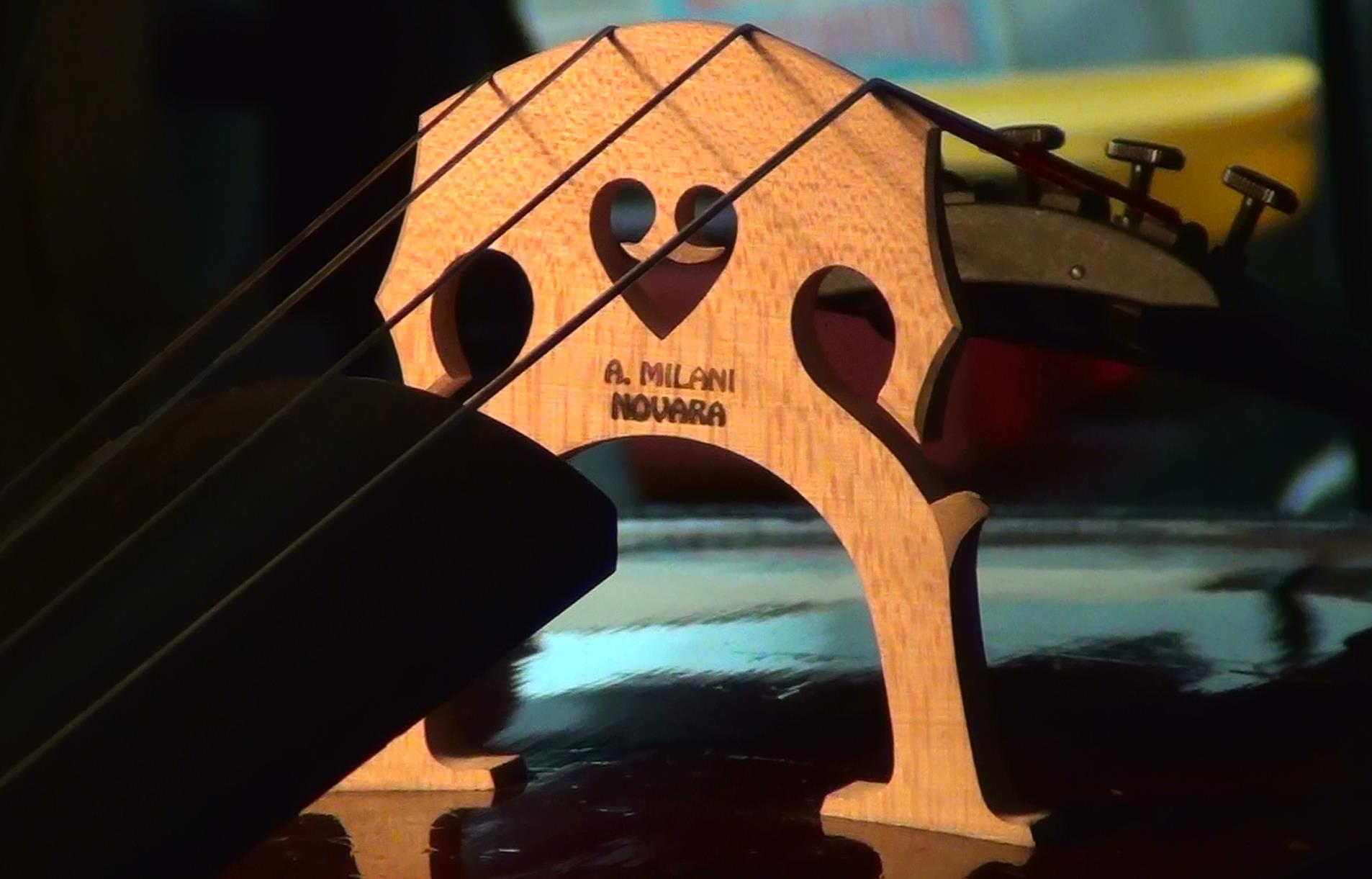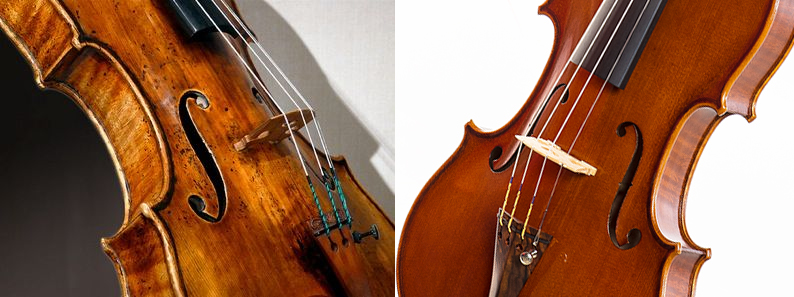

Violinmaking is an ancient art that has been handed down for centuries. The aura of prestige that surrounds antique instruments, such as those made by Antonio Stradivari, is well known to all of us: these are precious objects, works of art that fascinate and influence us.
The Renaissance/Baroque period is considered the golden age of the violin. It is the period in which its evolution can be considered at its peak. Luthiers operating in the following centuries, in fact, continue to use the instruments of the time of Andrea Amati and Antonio Stradivari as a reference. In a certain sense, since then, we have limited ourselves to imitating and adapting these instruments with appropriate structural modifications so that they could satisfy the musical/compositional needs of the various subsequent eras. However, the constituent elements have remained the same until today.
However, there is a substantial difference, which often tends to be underestimated.
As I said, the charm of an antique instrument often exerts an enormous influence on our thinking and our beliefs, to the point of altering our objectivity and our ability to judge.
Too often the value of a newly manufactured instrument is diminished. It is believed that it is not able to produce a sound quality adequate to the needs of the concert performer. On the one hand, it is true that time and, above all, the "use" have a beneficial effect: the sound matures and enriches itself; the instrument settles, in other words, a real evolution takes place. But it must be said that there is a tendency to overestimate this aspect, sometimes falling into the erroneous belief that an instrument that has been played for many years is superior regardless. From experience I can say without a doubt that this belief is not supported by any "scientific" evidence.
It must be said that a violin, a viola or a cello of quality are able to express their potential from the very beginning. In other words, quality is recognized immediately, from the first "bow stroke".
The so-called sound projection, or the ability of sound waves to expand in the distance, is a quality that the instrument possesses regardless of its age: what really matters is the construction quality (as well as, clearly, the goodness of the materials used).
The same applies to the tonal qualities which, although they may refine over time, are already well present from the first day.
A non-secondary aspect is that relating to solidity.
Wood is an extremely resistant material but it is not eternal. It is a material capable of withstanding loads, tensions, humidity and heat variations: it is a perfect material (certainly it is for building a string instrument). Over the decades and centuries, however, it weakens and becomes less tolerant to "mistreatment".
Consequently, the antique instrument requires more care than a modern instrument. It is more subject to damage, cracking and other "threats". For example, prolonged permanence of the instrument in a dry environment (I have encountered this inconvenience in several concert halls) can give rise to cracks that can compromise its structural integrity.
This is a rather remote possibility for a modern instrument.